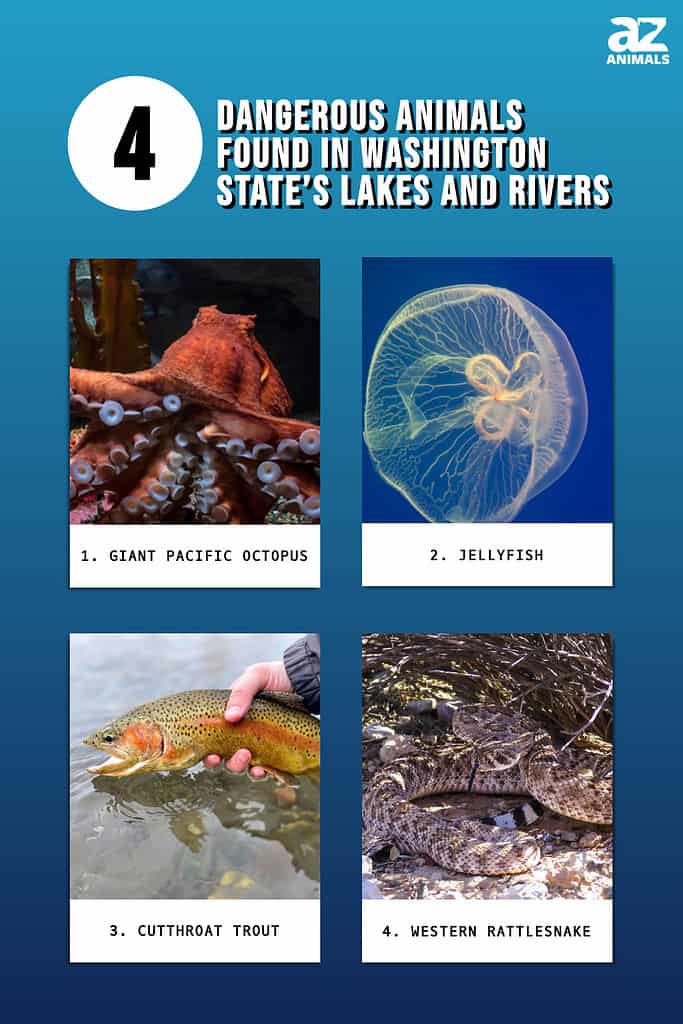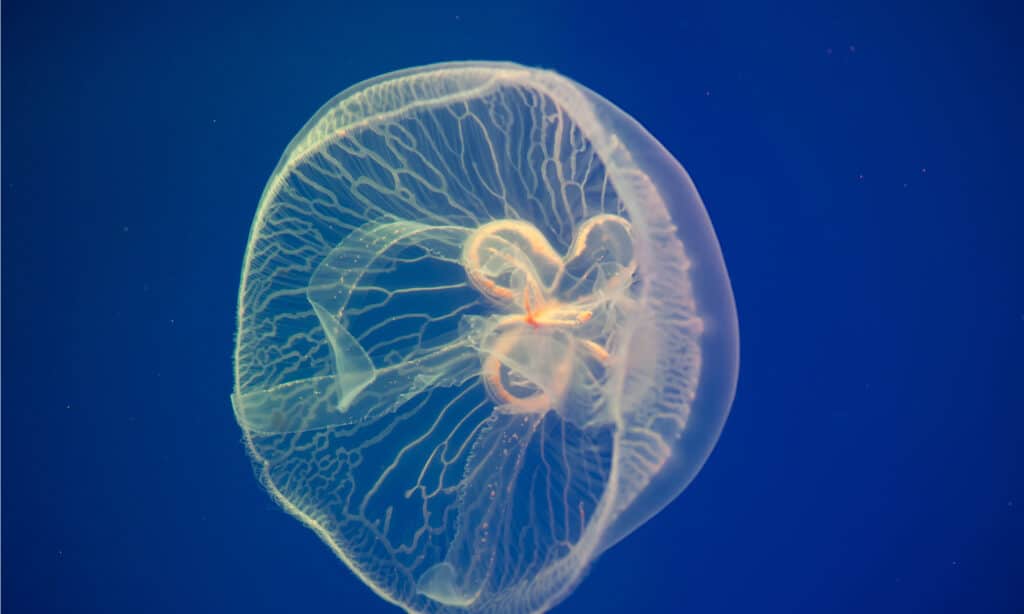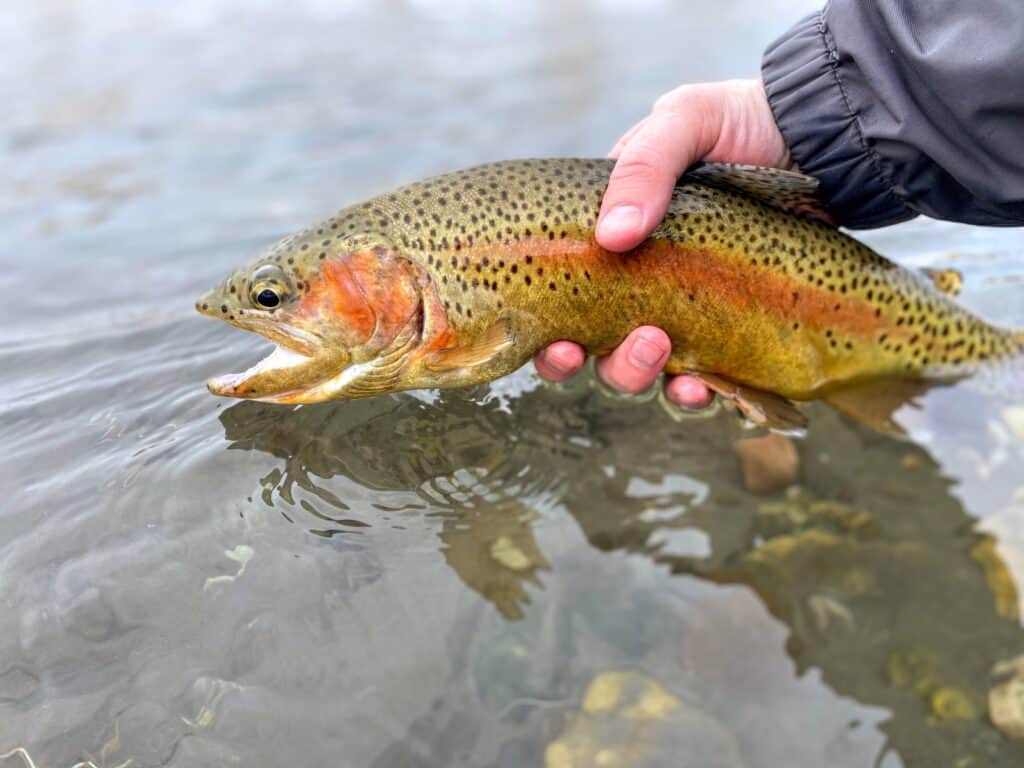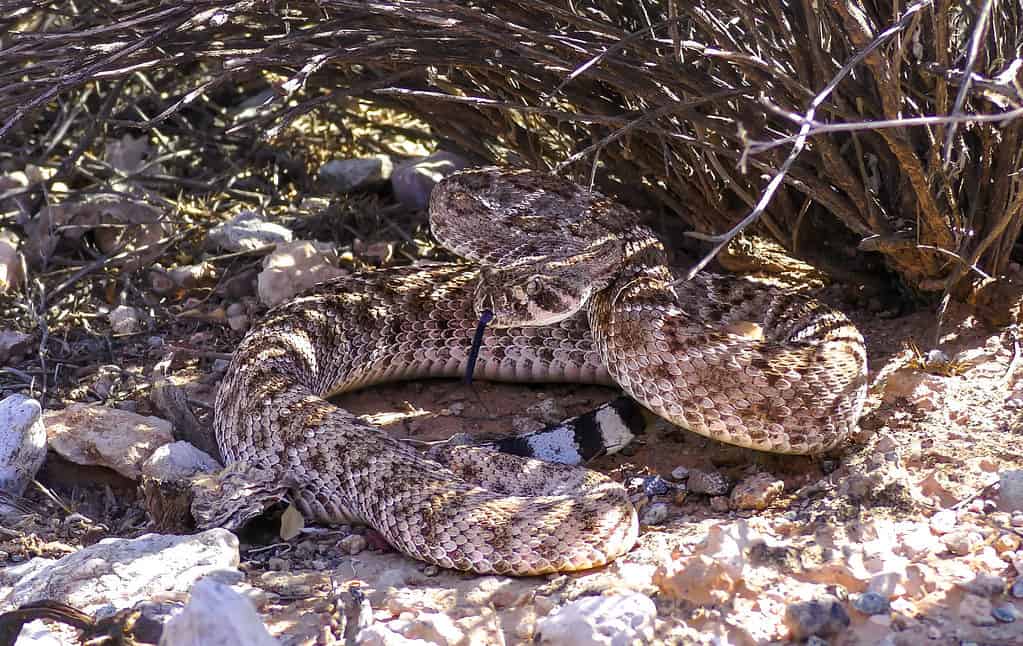There are plenty of animals that call Washington State their home. Although many of these creatures are adorable, some are just plain dangerous. It’s our mission to find the animals in lakes and rivers locals and visitors should be aware of.
While the state of Washington has absolutely stunning mountains, glorious forests, and plenty of wildlife to enjoy, there are some that can cause you harm. These animals can be found throughout bodies of water in the Evergreen State, but Puget Sound is particularly dangerous.

Swimming in the Puget Sound
Generally speaking, the Puget Sound isn’t the safest area to swim in. Not only does it have creepy, crawly animals that we discuss below, but there’s also a plethora of bacteria within the water.

Puget Sound is in the heart of Seattle.
©iStock.com/jarenwicklund
Although locals may swim in the area, strong currents and cold water pose a threat. With so many other places to swim, fish, and relax in Washington, skipping Puget Sound may be in your best interest.
Dangerous Creatures in the Water in Washington State
Whether you’re kayaking the Spokane River, fishing in the Snake River, or camping alongside Lake Washington, it’s always a good idea to be aware of your surroundings. Most fish and water critters are harmless.
Let’s take a look at the four that could threaten your well-being if you come close enough!
1. Giant Pacific Octopus
The huge Pacific octopus is distinguished from other octopuses by its size as well as by its unique reddish-pink hue. This monster, believe it or not, may be found in the Puget Sound. Octopuses can also cover animals in black ink when they feel they’re a threat. This ink is poisonous and, if trapped in a narrow area with limited current flow, can be fatal to octopuses.

A bite from this octopus contains toxic venom!
©karen crewe/Shutterstock.com
The majority of a giant Pacific octopus’ life is spent alone. The creatures use their beak-like lips to pierce their prey as they hunt at nighttime for fish, shrimp, oysters, lobsters, and other small fish.
Giant Pacific octopuses can reach a width of nearly 30 feet between the tips of their arms and weigh 44 pounds. An octopus has eight limbs in addition to three hearts and nine brains. Two of the three hearts pump blood throughout the body, and the third heart pumps blood to the gills.
Octopuses have a single central brain that regulates their neurological systems, and each arm has a tiny brain that regulates movement.
2. Jellyfish
In the height of summer, jellyfish are frequently encountered in Puget Sound. The rise in jellyfish may be because of shifting water temperatures brought on by a lingering warm water patch, or they may be related to them.
The moon jelly can grow to such a size that planes passing over Puget Sound can see it. The moon jelly poses little threat to humans, despite the fact that jellyfish are notorious for their capacity to sting by forcing a toxin into their victim with the use of harpoon-like cells on their tentacles.

Moon jellyfish and egg-yolk jellyfish are known to glow underwater.
©Igor Kovalchuk/Shutterstock.com
In Budd Inlet and other South Puget Sound finger inlets, jellyfish biomass hit record highs in the autumn of 2014 and the summer of 2015. Egg-yolk jellyfish, lion’s mane jelly, and water jellyfish are also spotted in Washington waters.
Long tentacles are a defense mechanism and a means of food acquisition for lion’s mane jellyfish. These tentacles have stingers, and humans find the sting to be unpleasant. Although a lion’s mane jellyfish’s sting is not toxic, for certain people, it can result in life-threatening allergic reactions.
A mass of tentacles on an egg-yolk jelly acts like a somewhat venomous underwater spider web, entangling other jellies who swim into it.
3. Cutthroat Trout
Found in many lakes throughout King County, cutthroat trout pose a threat when eaten. This fish species and others have a perfluorinated compound, which may be detrimental to human health, according to a recent review by the Washington State Department of Health.

Cutthroat trout are harmless unless consumed.
©Ryan Cuddy/Shutterstock.com
These substances can weaken your immune system, elevate your cholesterol, and enhance your risk of developing certain types of cancer. Lakes throughout Washington include some edible fish that are still in good health.
A clean bill of health was given to the brown bullhead catfish in Lakes Sammamish and Meridian. The existence of basibranchial teeth at the bottom of the tongue and a maxillary that reaches behind the back of the eye, help differentiate cutthroat trout from rainbow trout.
4. Western Rattlesnake
Although they don’t live in the water, western rattlesnakes can swim. East Washington is home to a lot of these snakes. Yet, because of habitat loss, too much hunting at den locations, and den site damage, populations have decreased in many locations.

Western Diamondbacks are among the only rattlesnake in Washington.
©iStock.com/Banu R
This snake is venomous and potentially hazardous. Although rattlesnakes seldom attack unless threatened, handled, or trod upon, any encounter that takes place within their striking range may end in a bite.
Summary of the Most Dangerous Animals in Washington’s Lakes and Rivers
Here is a list of the four most dangerous animals in the Evergreen State’s rivers and lakes:
| # | Animal | Danger |
|---|---|---|
| 1 | Giant Pacific Octopus | Bite contains toxic venom |
| 2 | Jellyfish | Dangerous for people who are allergic |
| 3 | Cutthroat Trout | Contains a perfluorinated compound that is extremely harmful if the fish is eaten |
| 4 | Western Rattlesnake | The venomous bite has the potential to be fatal |
The photo featured at the top of this post is © iStock.com/smodj
Thank you for reading! Have some feedback for us? Contact the AZ Animals editorial team.







